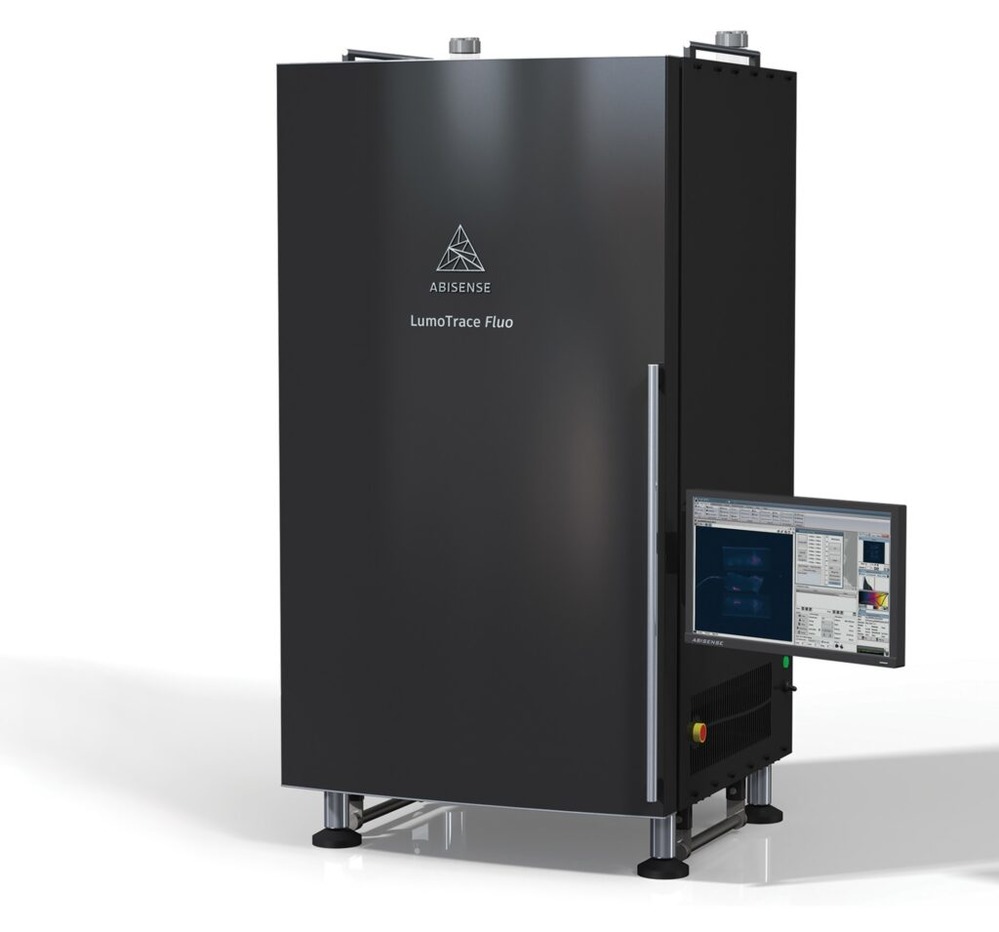Catalog
Search
44 products
View:
- Selected: 0Areas of use
- Selected: 0Item names
- Selected: 0Manufacturer
- Selected: 0Made in
- Selected: 1Additional
View:
44 products
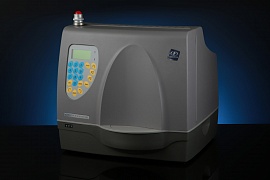
Sulfur Analyzer SPECTROSCAN SW-D3
The analyzer is designed to determine the mass fraction of sulfur in automotive fuel in accordance with GOST R 52660-2006 / GOST ISO 20884-2016, ASTM D6334, as well as in oil and petroleum products according to GOST R 53203-2008 / GOST 33194-2014, ASTM D2622, GB/T 11140-2008. Depending on the customer's needs, the analyzer is configured to work in accordance with a particular standard.
Implements an arbitration method for measuring the mass fraction of sulfur in automobile fuel of the third, fourth and fifth classes.
The device is designed specifically for high-quality and fast X-ray fluorescence analysis of fuel in accordance with the technical regulations "On requirements for automotive and aviation gasoline, diesel and marine fuel, jet fuel and heating oil", which establishes an arbitration X-ray fluorescence wave dispersion method for determining the mass fraction of sulfur in automotive fuels of the third, fourth and fifth classes.
The wave dispersion sulfur analyzer SPECTROSCAN SW-D3 is designed taking into account all the requirements for the process of X-ray fluorescence elemental analysis of low sulfur contents in petroleum products. The operator's actions when performing measurements are minimized:
- the number/name of the sample is entered from the built-in keyboard;
- the sample is poured into two cuvettes;
- the obtained samples are placed in the analyzer and measurements are started.
The analyzer performs all subsequent actions automatically without operator involvement:
- calculates and displays the sulfur content in the sample;
- calculates convergence - the difference in determining the mass fraction of sulfur in the first and second samples;
- prints measurement results on the built-in printer.
NPO Spektron
Saint Petersburg
Produced in: Saint Petersburg
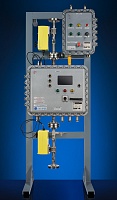
Sulfur Analyzer SPECTROSCAN IS, IS-T
The IS-T and IS X-ray absorption flow SPECTROSCAN analyzers for sulfur in oil are designed to determine the mass fraction of sulfur in the flow of oil/petroleum products in the range from 0.02% to 6.00% (IS-T) or 0.04% to 6.0% (IS).
Analyzers can be used for technological control during transportation and storage of oil, as well as during mixing (compounding) operations. The design of the analyzers allows them to be placed both independently and as part of a unit for measuring oil quality indicators (BIC) or a system for measuring the quantity and quality of oil (CIC). They are available in explosion-proof version.
The analyzers have the function of automatically accounting for the influence of the density of the analyzed medium, as well as the content of water and chloride salts in it on the result of determining the mass fraction of sulfur.
Structurally, the analyzers are a complete product of high factory readiness, having a block-modular design and including all the necessary functional devices to ensure efficient and safe operation.
NPO Spektron
Saint Petersburg
Produced in: Saint Petersburg
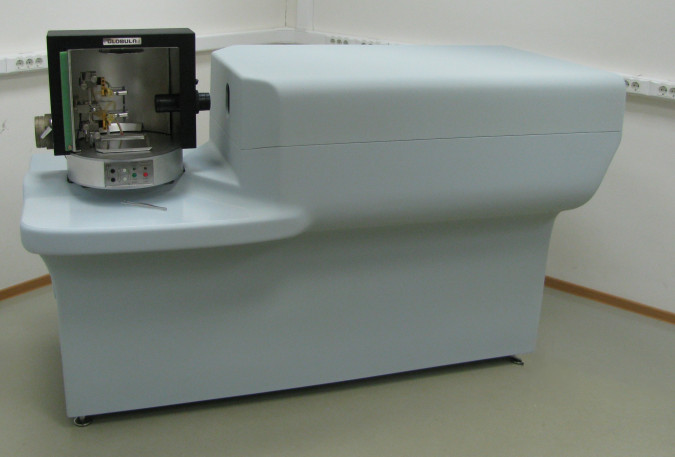
Atomic Emission Complex "Grand Globula"
Atomic Emission Complex "Grand Globula" includes a spectrometer "Grand", a spectroanalytic generator "Ball Lightning" and a tripod "Globula". It allows the analysis of various substances and materials in arc and spark discharges in air, for example according to GOST 17818.15-90 "Graphite. Spectral analysis method", GOST 9717.1-82 "Copper. A method of spectral analysis based on metallic standard samples with photoelectric spectrum registration" and other MVIS.
VMK OPTOELEKTRONIKA
Novosibirsk
Produced in: Novosibirsk
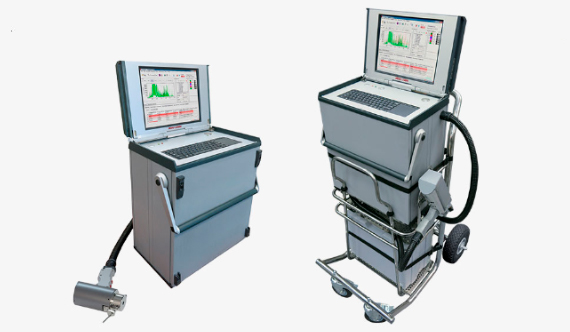
Atomic emission spectrometer Iskroline 500
1 supp.
The main advantage of a mobile spectrometer is the ability to measure the composition of alloys not only in the laboratory on specially prepared samples, but also directly in a workshop or warehouse without cutting the product or workpiece.
Iskrolajn
Saint Petersburg
Produced in: Saint Petersburg
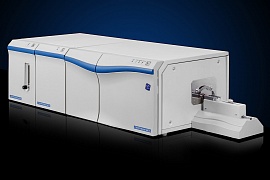
Sulfur and Nitrogen Analyzer SPECTROSCAN META
The analyzer allows you to determine the content of sulfur and nitrogen in oil and petroleum products (diesel fuel, gasoline, kerosene, gas oil and any distillate petroleum products), hydrocarbon gas, liquefied petroleum gas (LPG), natural gas, liquefied natural gas (LNG), chemical synthesis products, biological materials by ultraviolet fluorescence and chemiluminescence.
The analyzer is a proprietary development of NPO "SPEKTRON". The device is manufactured in St. Petersburg mainly from domestic components. There is a conclusion of the Ministry of Industry and Trade on the production of products in the territory of the Russian Federation.
The analyzer is designed to determine:
- mass fraction of sulfur in accordance with GOST ISO 20846-2016, GOST 34712-2021, GOST R 56866-2016, GOST 34237-2017, ASTM D5453-19, ASTM D6667-21, ASTM D7551-15, ISO 20729-17 ;
- the mass fraction of nitrogen in accordance with ASTM D4629-17.
A wide range of concentrations: from ultra-low to high.
Modular principle: Each detector is a separate module. The device is equipped individually for each specific task.
The possibility of simultaneous determination of sulfur and nitrogen in the analysis process.
The principle of operation of the analyzer is to burn the test sample in an oxygen-enriched atmosphere or air at a temperature of 1050 ° C. The sulfur dioxide (SO2) and nitrogen oxide (NO) formed during combustion are transferred by carrier gas to the detection units with preliminary removal of water vapor, on the desiccant, and soot, on the filter.
Determination of sulfur is carried out by ultraviolet fluorescence.
Determination of nitrogen by chemiluminescence.
NPO Spektron
Saint Petersburg
Produced in: Saint Petersburg
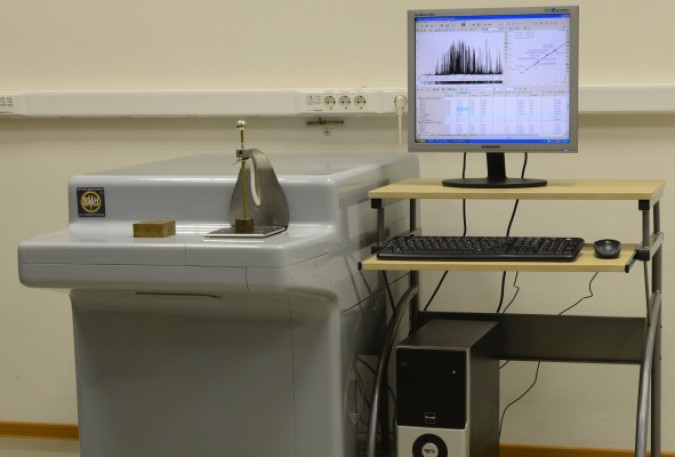
Grand Expert Vacuum Spectrometer
Vacuum spectrometers are designed for rapid analysis of alloys based on iron, copper, aluminum and other metals in factory and research laboratories, including the determination of elements having analytical lines in the field of vacuum ultraviolet (VUV) (for example, S, P and C in steels).
VMK OPTOELEKTRONIKA
Novosibirsk
Produced in: Novosibirsk
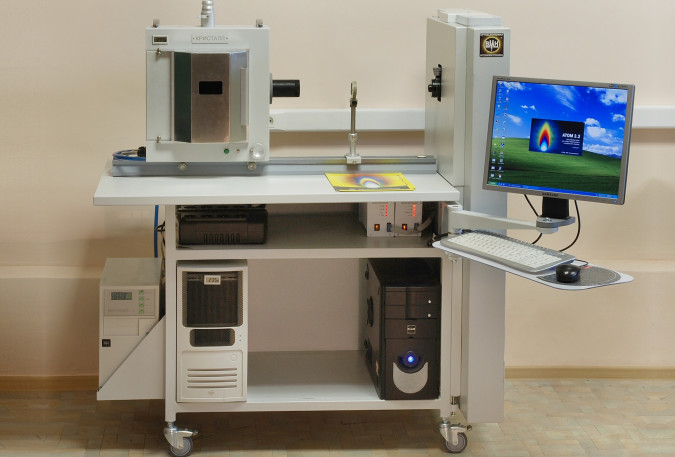
Universal spectrometer "Express"
The spectrometer is designed to perform quantitative and qualitative spectral analysis of various substances and materials (powders, metals, solutions) in factory and research laboratories.
The spectrometer is compact due to the vertical arrangement of the Paschen-Runge optical system. It consists of two MAES analyzers with 10 lines of photodiodes installed on a circle with a radius of 520 mm, a non-classical concave diffraction grating, a special table with a built-in computer and a spectrum excitation source.
VMK OPTOELEKTRONIKA
Novosibirsk
Produced in: Novosibirsk

X-ray fluorescence wavelength dispersive flowstream pulp, suspension and solution analyzer AR-35
The AP-35 analyzer is a fully automated analytical complex designed for continuous X-ray fluorescence analysis of the chemical composition of slurries and solutions in flow. The instrument has a movable software-controlled measuring head with an X-ray tube and fixed spectrometric channels (up to 8), each of which can be set up for any chemical element (from Ca to U). In operation, up to 15 flow cells are measured by the head according to a preset program.
Multi channel capability (up to 15 products to be measured).
Compatibility with automation systems for sampling, sample delivery, data handling and presentation, data archiving.
Link to factory process control system
High expressiveness, high analytical precision, low detection limits, reproducibility
High reliability.
The principle of operation is based on the excited fluorescence produced by the atoms of the material under analysis through the radiation of an X-ray tube. The fluorescence radiation of a particular chemical element is picked up by the crystal analyzer, and then the radiation at a specific wavelength is detected by an X-ray tube detector. The intensity of the recorded fluorescence radiation of a certain wavelength is directly proportional to the mass fraction of the chemical element in the substance under study.
Burevestnik
Kolomyagi
Produced in: Saint Petersburg
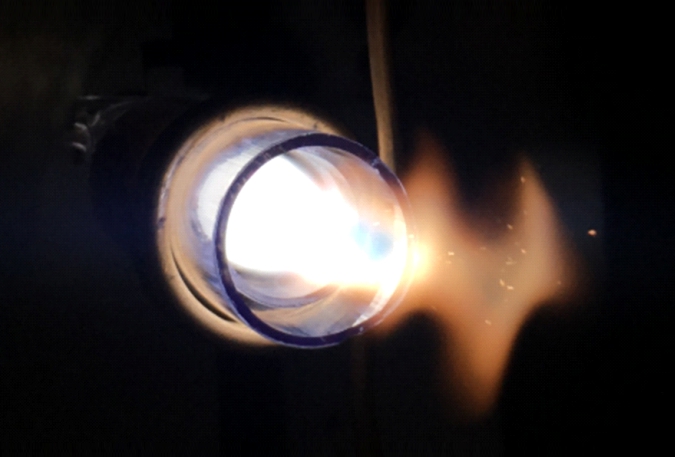
Grand ISP - Inductively coupled plasma mass spectrometer
The dual-view plasma spectrometer can record any spectral line simultaneously at high resolution in the concentration range from fractions of ppb up to tens of percent and offers a wide range of options for any research task.
Designed for the analysis of almost any type of environmental samples – water, soil, precipitation.
Quick switching to work. It does not require a long warm-up.
Low argon consumption.
Easy to use.
VMK OPTOELEKTRONIKA
Novosibirsk
Produced in: Novosibirsk
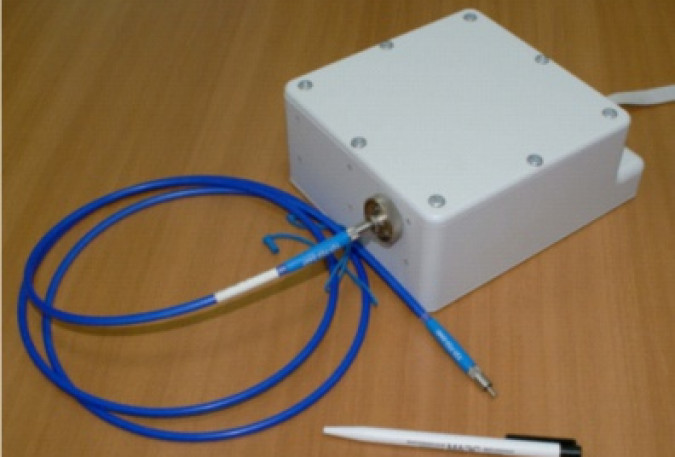
Small-sized multichannel spectrometer - "Hummingbird-2"
The spectrometer was created according to the Cherni-Turner scheme based on a flat diffraction grating and an MAES analyzer with one line of photodetectors. It has increased photometric accuracy due to cooling and temperature stabilization of the photodetector range, as well as due to its shell-less design, in which there is no re-reflection of radiation on the cover glass and the background level in the recorded spectrum decreases. The optical scheme and design of the spectrometer are optimized to obtain a high-quality spectrum with a low level of background radiation in any of the regions lying in the spectral range of 190-1100 nm. The choice of the working area is carried out by changing and rotating the diffraction gratings. The sealed case of the spectrometer is filled with an inert gas. The radiation is injected into the spectrometer using a quartz capacitor or a fiber-optic cable with an SMA-905 connector. The optical scheme and design of the spectrometer are protected by patents.
VMK OPTOELEKTRONIKA
Novosibirsk
Produced in: Novosibirsk
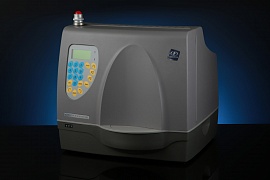
Spectrometer SPECTROSCAN MAX-G
The spectrometer is designed to determine the contents of elements in the range from Ca to U in substances in solid, powdery, dissolved states, as well as deposited on the surface or deposited on filters.
The principle of operation of the spectrometer is based on irradiation of the sample with primary radiation from an X-ray tube, measurement of the intensity of secondary fluorescent radiation from the sample at wavelengths corresponding to the elements being determined, and subsequent calculation of the mass fraction of these elements according to a pre-constructed calibration characteristic, which is the dependence of the content of the element being determined on the measured intensity.
Secondary fluorescent radiation is decomposed into a spectrum using a crystal analyzer. Due to this, the spectrometer has a high resolution, and therefore the ability to accurately analyze complex multicomponent substances.
NPO Spektron
Saint Petersburg
Produced in: Saint Petersburg
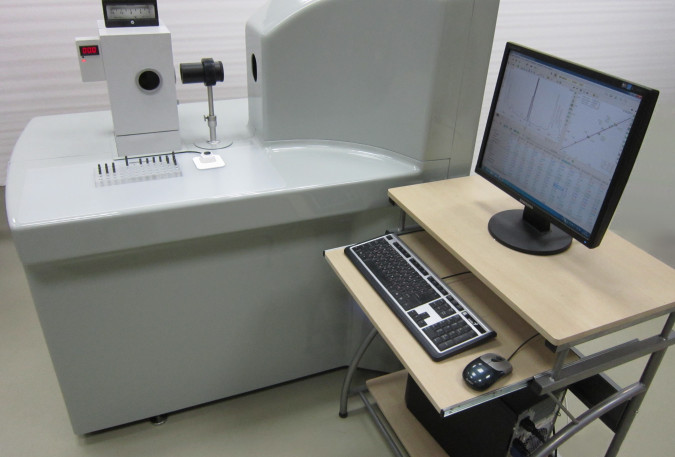
Diesel engine oil spectrometric analysis system "EXPRESS-OIL"
Diesel engine oil spectrometric analysis system "EXPRESS-OIL" is designed to analyze engine oils according to GOST 20759 and determine the concentration of wear elements of rubbing diesel parts, contaminants and additives in diesel engine oils during scheduled maintenance and repair of traction rolling stock in locomotive repair depots, as well as electronic accounting and analysis of dynamics data the content of wear elements in engine oils for each locomotive, as well as the determination of the composition of metals and alloys according to GOST, greases (according to CTCH-28/4, CTCHS-53) and other materials.
VMK OPTOELEKTRONIKA
Novosibirsk
Produced in: Novosibirsk
